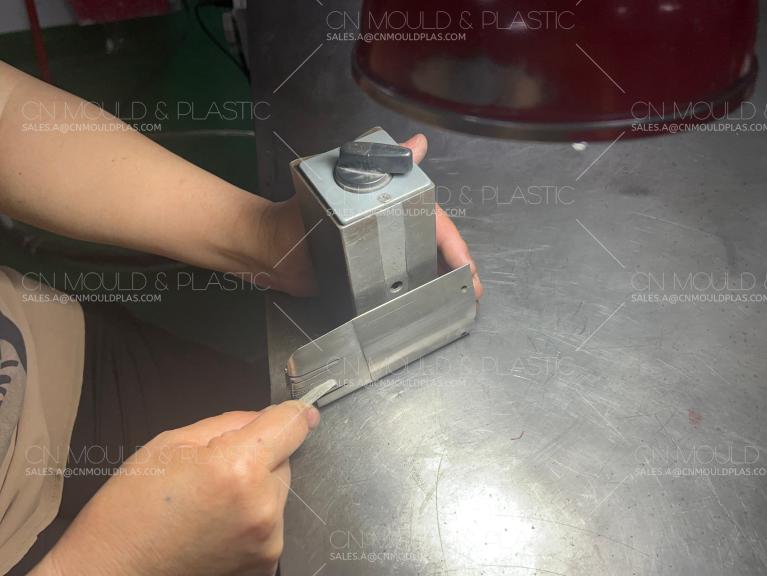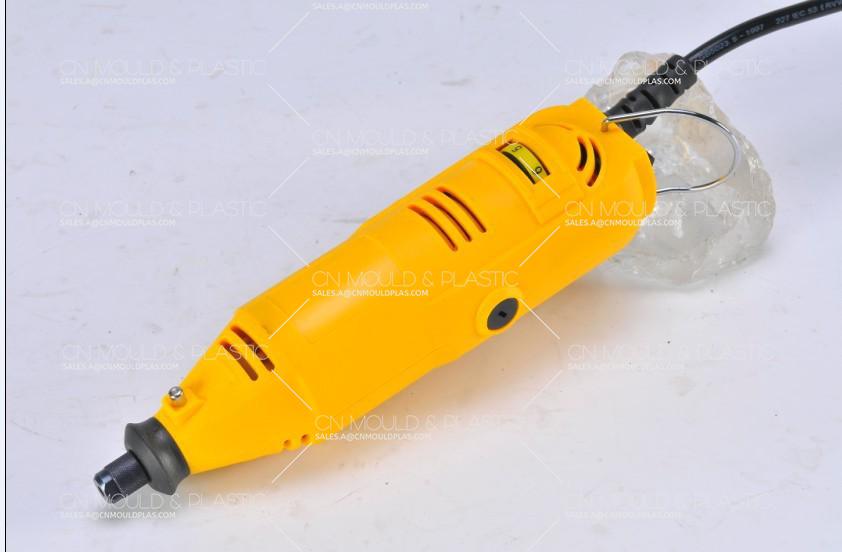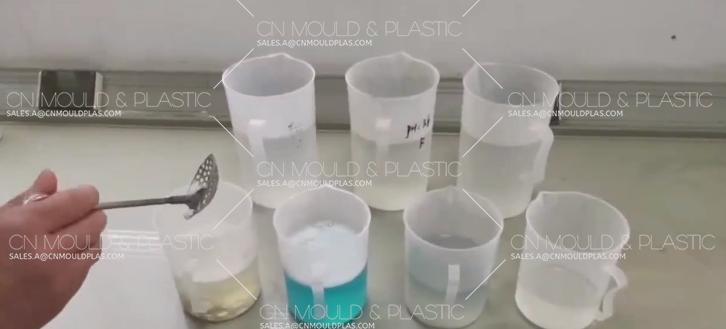Precision and attention to detail remain paramount in ensuring the highest quality products. One such process that demands meticulous care is mold surface polishing – an art form that transforms rough prototypes into flawless finished goods. In this article, we will delve into the world of mold surface polishing, exploring its intricacies, techniques, and the profound impact it has on the final product.
Mold surface polishing refers to the process of smoothing and refining the surface of a mold, often used in industries such as automotive, aerospace, and electronics. The primary goal is to eliminate imperfections, such as scratches, pits, and other blemishes, thereby enhancing the overall appearance and functionality of the molded part. Additionally, polished surfaces promote better flow of molten material during production, reducing the likelihood of defects and improving the efficiency of the molding process.
The craft of mold surface polishing requires skillful hands equipped with an array of tools and techniques. Common methods include:
1. Manual Polishing: This traditional approach involves using sandpapers or abrasive papers with progressively finer grits to remove material layer by layer. It is a time-consuming method but offers excellent control and finishing.

2. Power Tool Polishing: For larger molds and tighter deadlines, power tools like angle grinders and rotary tools can be utilized. They provide faster results while still achieving a high-quality finish.

3. Chemical Polishing: This technique utilizes chemical compounds to dissolve tiny amounts of material from the mold's surface. It is particularly useful for stainless steel and aluminum molds, offering a smoother finish than mechanical methods.

4. Electrochemical Polishing: A more advanced method, electrochemical polishing uses an electrical current to dissolve the surface layers of the mold. This process provides exceptional surface finishes and reduces the risk of overheating or distorting the mold.
A well-executed mold surface polish not only improves the visual appeal of the final product but also significantly impacts its performance. Some key advantages include:
1. Improved aesthetics: A flawless surface finish enhances the overall perception of quality, making the product more attractive to potential customers.
2. Increased durability: Eliminating microscopic flaws can strengthen the mold, prolonging its lifespan and reducing the frequency of replacements.
3. Enhanced functionality: Smoother surfaces improve the operation of moving parts, reduce friction, and minimize wear and tear.
4. Cost savings: While mold surface polishing may add a slight premium to the upfront cost, the long-term benefits often result in significant cost reductions due to reduced maintenance and replacement expenses.

